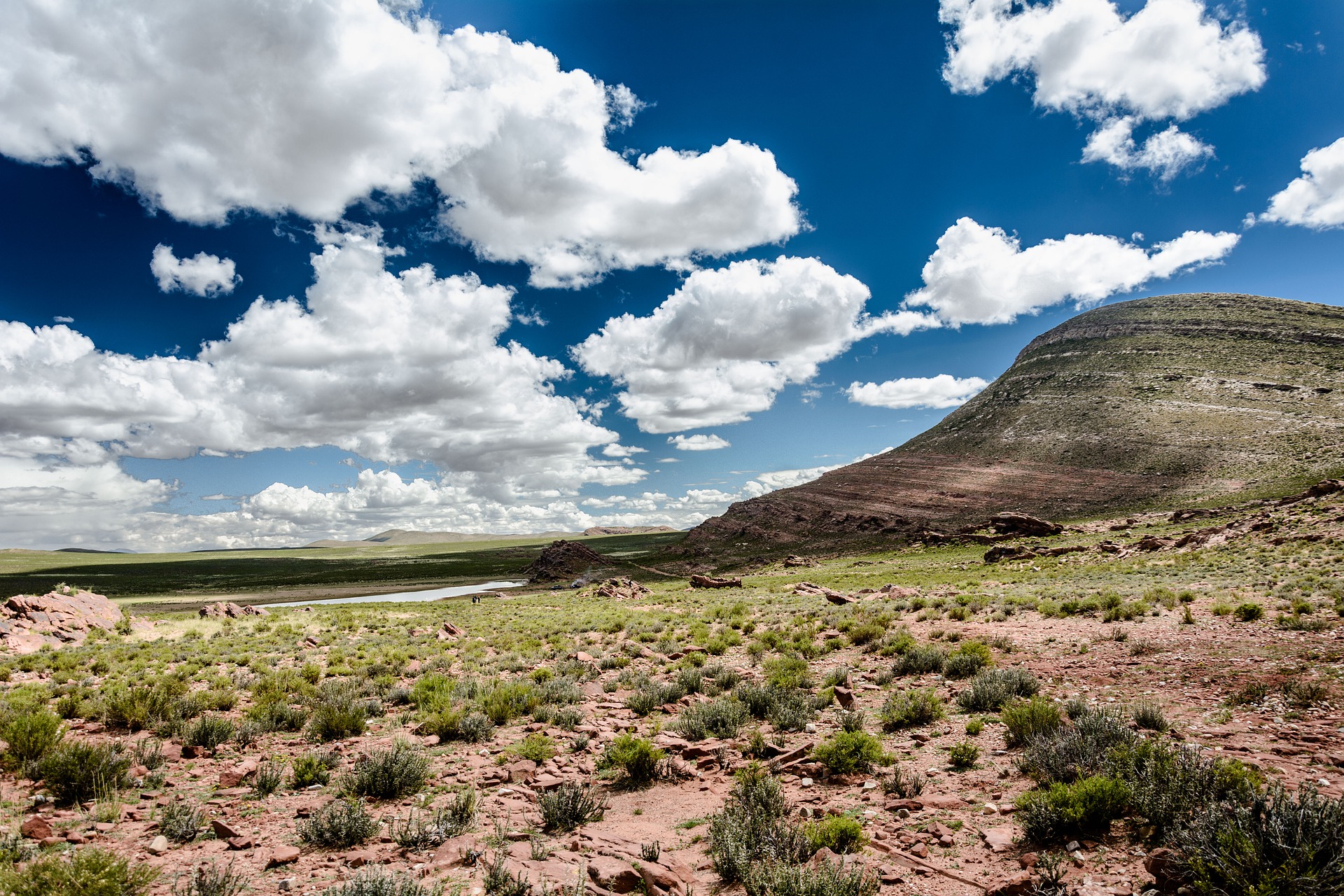
ENSO Intermountain West
New paper
Posted by Jim Stagge on December 04, 2023
New Study Reveals Interaction Between ENSO and Topography
The study titled Orographic amplification of El Niño teleconnections on winter precipitation across the Intermountain West of North America, was published today in Nature Water.
Additional News coverage by Ohio State Research News
Study findings
To disentangle the effect of ENSO (El Nino Southern Oscillation) from topographic effects and century-long climate change, we used a spatially distributed, non-linear spline model. This model was applied to ground-based gauge observations, rather than modeled or interpolated values. This allowed a much longer period, starting in 1871, which in turn improved confidence.
This approach unearthed finer details of historic patterns – especially in the northern portion of the intermountain region, where variations in elevation have made it more complicated to track ENSO effects on winter precipitation. We found that the complex topography of the Intermountain West exaggerates the underlying ENSO signal, producing a 2.3-5.8 times increase in the range of ENSO induced precipitation changes along high elevation western slopes relative to lower elevations. ENSO effects on winter precipitation can be as large as 100 mm at high elevations.
We also found that the previously recognized dipolar pattern of positive (negative) association of ENSO with precipitation in the south (north) manifests as an incremental relationship in the south, but as a near-binary switch in effects between El Niño and La Niña in the north. The intricacies of these spatial- and elevation-based modulations of ENSO impacts are especially informative for the northern center of this dipole, where ENSO-precipitation relationships have previously been difficult to resolve.
Implications
Publication of this study coincides with a shift from strong La Nina conditions to strong El Nino conditions in 2023, prior to the winter wet season. The modeled findings could improve estimates of winter precipitation in the complex Intermountain West area of North America, which includes the headwaters of several critical rivers, e.g. the Colorado, Arkansas, Missouri, and Columbia. These rivers are critical for water management in a drought-prone region of North America.
We must acknowledge that these findings represent average, or typical, anomalies. There are historical years which are anomalies and do not perfectly follow the identified pattern (El Nino translates into a wet south and dry north). But, this study provides the best estimate based on the longest available records.